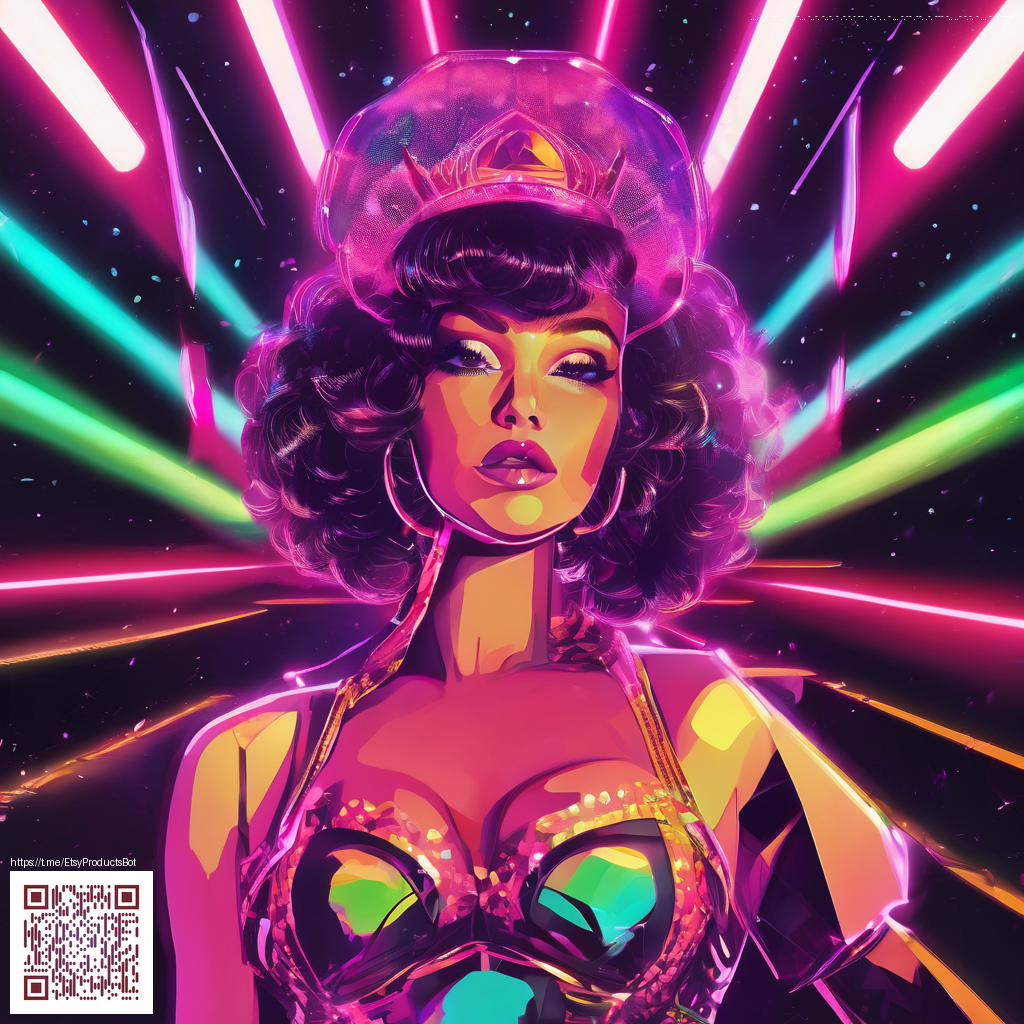
In the crowded world of Etsy, your product photos do more than simply show what you sell—they tell a story about how your item fits into a buyer’s life. Digital mockups are the bridge between a plain photo and a compelling, purchasable experience. When done well, they reveal scale, context, and usability in a way that stills alone can’t convey. If you’re looking for a practical example, consider the Phone Case with Card Holder—a product page that demonstrates how durable materials and MagSafe compatibility can be showcased in lifestyle scenes. For more framing inspiration, you can explore a broader resource here: this guide page.
Why digital mockups matter for Etsy success
First impressions happen fast online. Buyers scroll quickly, compare options, and decide within seconds whether a listing is worth a closer look. High-quality digital mockups help your product break through the noise by showing real-world usage, not just a product shot. They:
- Clarify scale and dimensions, so buyers don’t second-guess fit or compatibility.
- Highlight features in action, such as card storage and rugged build in everyday scenarios.
- Create a cohesive visual language that reinforces your brand across all listing images.
- Support storytelling—show how your item solves a problem or improves daily life.
Scene ideas that sell
Think beyond a single flat image. Create a small library of scenes that illustrate use cases and environments. Here are ideas you can implement quickly:
- Daily carry: phone case on a desk next to keys, wallet, and a notebook to suggest everyday practicality.
- Travel-ready: the case pictured with a passport and travel essentials to convey portability.
- Gift-ready: a clean flat lay with a thoughtful card or packaging to imply gifting potential.
- Compatibility showcase: close-ups that highlight MagSafe alignment and the card-holder mechanism.
- Material emphasis: textures and finishes that communicate durability and premium build.
From concept to listing: a simple workflow
Transforming raw photos into effective mockups doesn’t have to be daunting. Here’s a streamlined approach you can adopt:
- Plan your scenes: sketch quick scenarios that answer common buyer questions—size, compatibility, and use cases.
- Source or create assets: gather backgrounds, props, and textures that align with your brand voice. If you’re starting fresh, mockup generators and editable templates can accelerate the process.
- Build your mockups: place your product image into the chosen scenes, adjust lighting and shadows for realism, and ensure color accuracy.
- Annotate and finalize: add subtle callouts for key features (e.g., MagSafe compatibility, card holder capacity) and export in square and portrait formats for Etsy thumbnails and listing images.
- Test readability: preview on mobile and desktop, ensuring text and icons remain legible at thumbnail sizes.
Tools, templates, and speed tricks
To keep production steady, mix a few reliable tools with ready-made templates. A lightweight workflow can include:
- Canva or Figma for quick scene compositions and typography-safe layouts.
- Photoshop or GIMP for deeper image adjustments like color grading and precise shadows.
- Dedicated mockup generators for rapid scene changes without starting from scratch.
- Brand kits that define fonts, colors, and background textures—consistency pays off in trust and recognition.
Branding and accessibility in listing images
Consistency across your mockups reinforces your storefront identity. Use a cohesive color palette, a consistent lighting direction, and a recognizable corner watermark or badge. Don’t forget accessibility: descriptive alt text on every image helps with search and usability, especially as buyers increasingly rely on visual search and screen readers. Even small details—like aligning product edges and avoiding clutter—make a big difference when buyers compare multiple listings in a single session.
As you craft your mockups, you’ll find that the goal is less about showcasing every angle and more about telling a believable story of how the product fits into daily life. A clean, thoughtful library of images reduces buyer hesitation and speeds up decision-making, which translates into higher engagement and conversions.